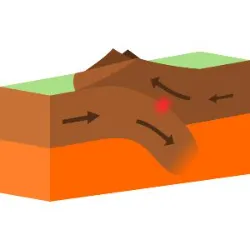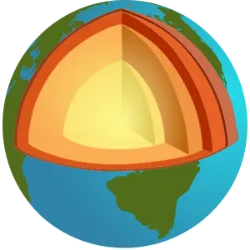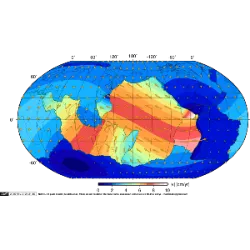Earthquakes: Understand How They Form

Earthquakes, also called seismic events, are natural phenomena characterized by tremors on the Earth's surface, caused by the movement of tectonic plates. These events can occur anywhere in the world, but are most common in regions located along geological faults, where the Earth's crustal plates meet.
Earthquakes are caused by the accumulation of tension in underground rocks due to the movement of tectonic plates. When this tension reaches a limit, a sudden release of energy occurs, resulting in seismic waves that propagate through the ground. The underground point where the rupture occurs is called the hypocenter, while the area directly above, on the surface, is the epicenter, where tremors are usually most intense.
Earthquakes can range from small, barely noticeable tremors to devastating earthquakes, capable of causing destruction of buildings, tsunamis and other natural disasters. The intensity of earthquakes is measured by scales such as the Richter scale (ranging from 0 to 10), which assesses magnitude, and the Mercalli scale (ranging from I (imperceptible) to XII (total destruction)), which measures the effects of the tremor.
Experts use seismographs to monitor seismic activity and try to predict possible tremors.
Did you know??













